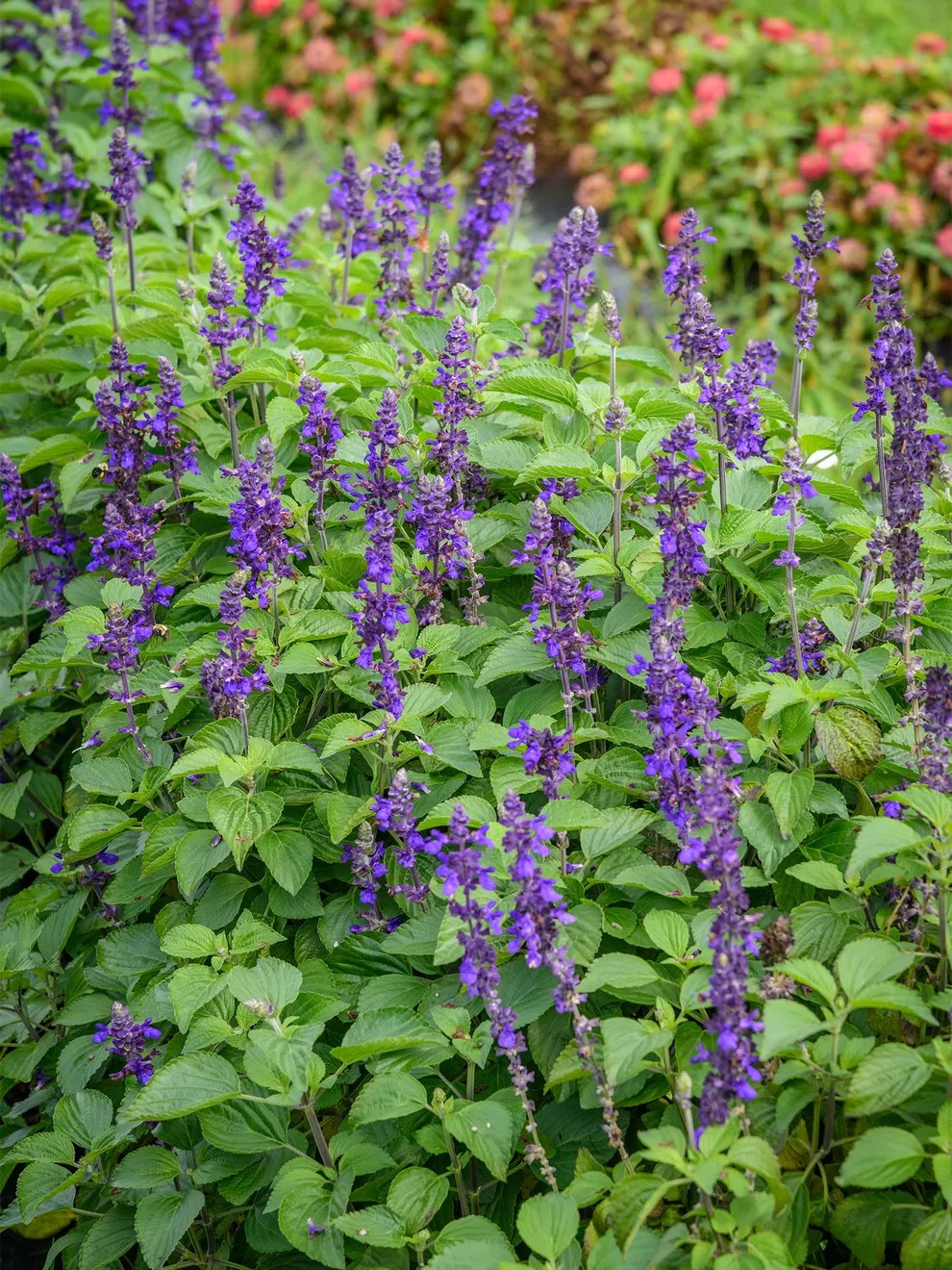I'm a professional gardener, and this is the reliable and resilient perennial every garden needs
I have grown salvia in many gardens where I have worked, and this perennial never fails to put on a show
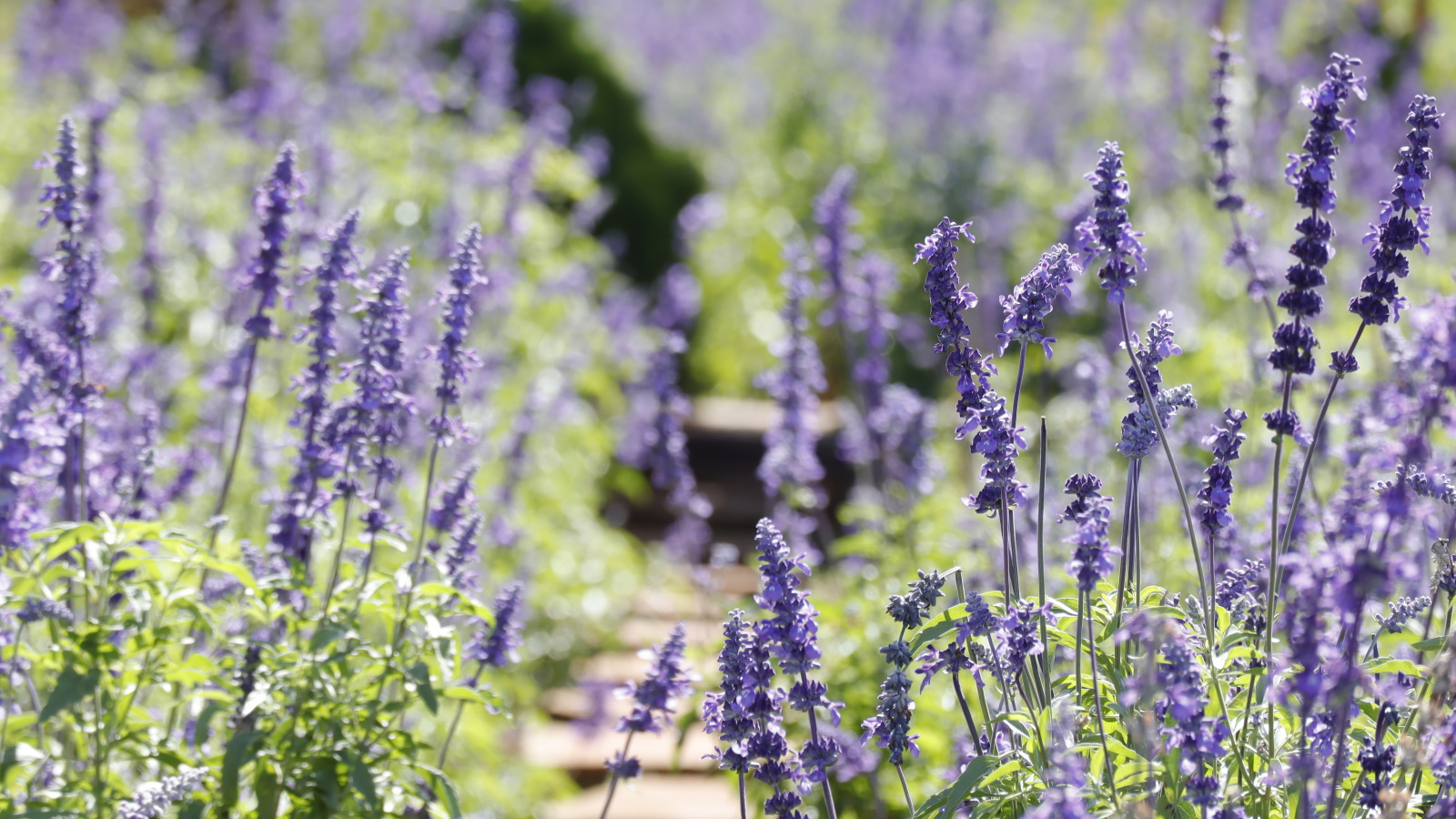

If I had to choose one plant to grow for the rest of my gardening years it would be a species of salvia. After years of working as a professional gardener in both the UK and Italy, planting, growing and caring for more perennials than I can now recall, I think the winner of the perennial performer category - a prize that I have just invented - is surely a plant in the salvia genus.
With over 900 different species, found growing across North and South America, Europe and Asia, there is a salvia to suit almost any situation. From dry, arid regions of the Mediterranean where, for example, rosemary, Salvia rosmarinus, will grow, to the damp watercourses of Brazil, where bog sage, Salvia uliginosa, thrives - there is indeed a salvia for everyone.
Learning how to grow salvias is relatively simple, but it is important to remember that growing instructions will be specific to different salvias from different regions. Here, I share why I think that anyone looking for flower bed ideas should consider planting one, two, or several salvias this year.
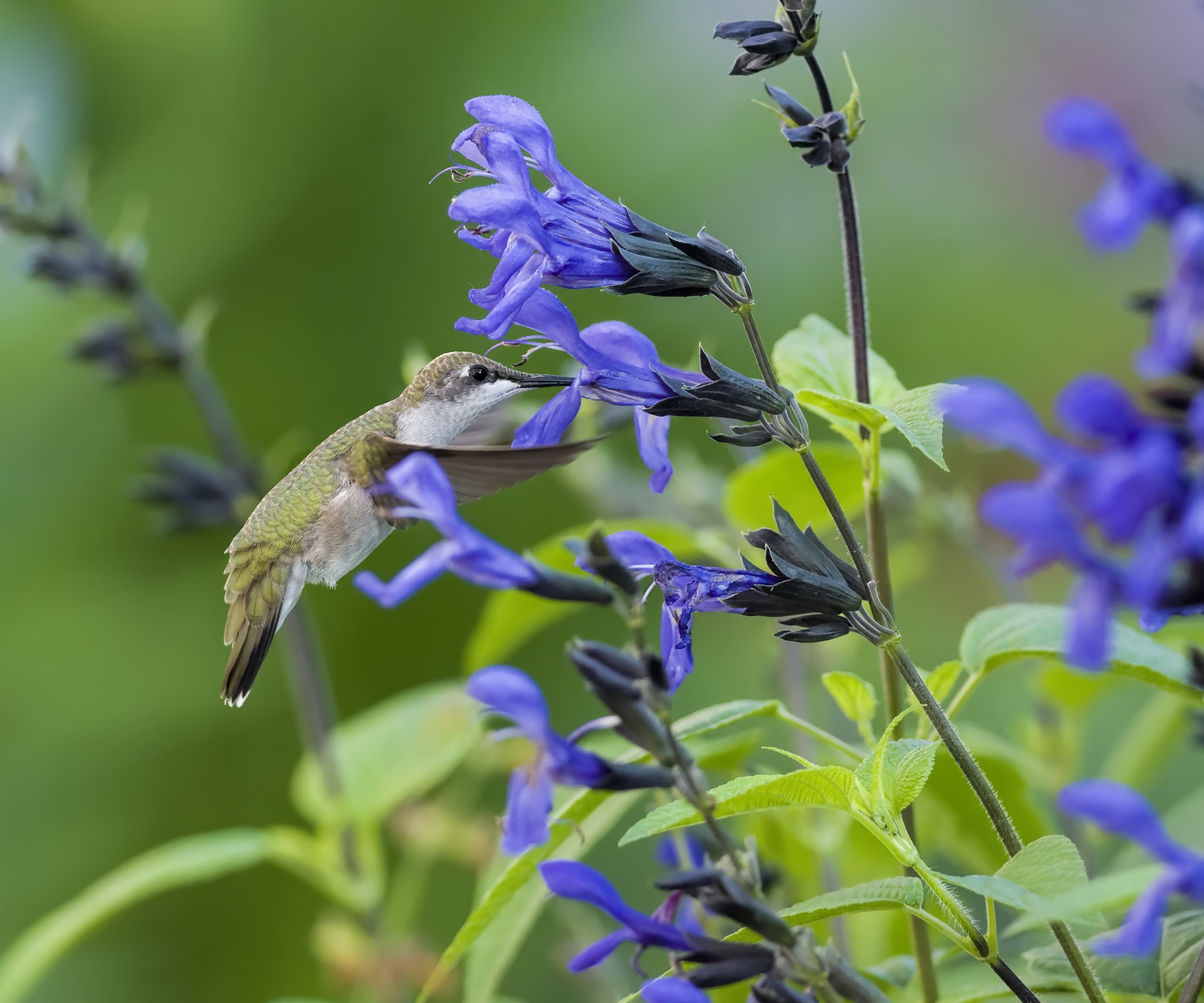
Salvia plants are popular with pollinators and are known to attract bees, butterflies and even hummingbirds
Why gardeners should grow salvia plants
It is hard not to be captivated by salvias. Plants in the salvia genus are typically aromatic, with perfumed foliage and flowers, and what gardener wouldn't want floral fragrance in the backyard? Another distinctive characteristic of salvia plants is their attractive tubular flowers, as seen in the images here, found in a range of colors from pale pink to yellow to blue.
Salvia are reliable and long-flowering perennials
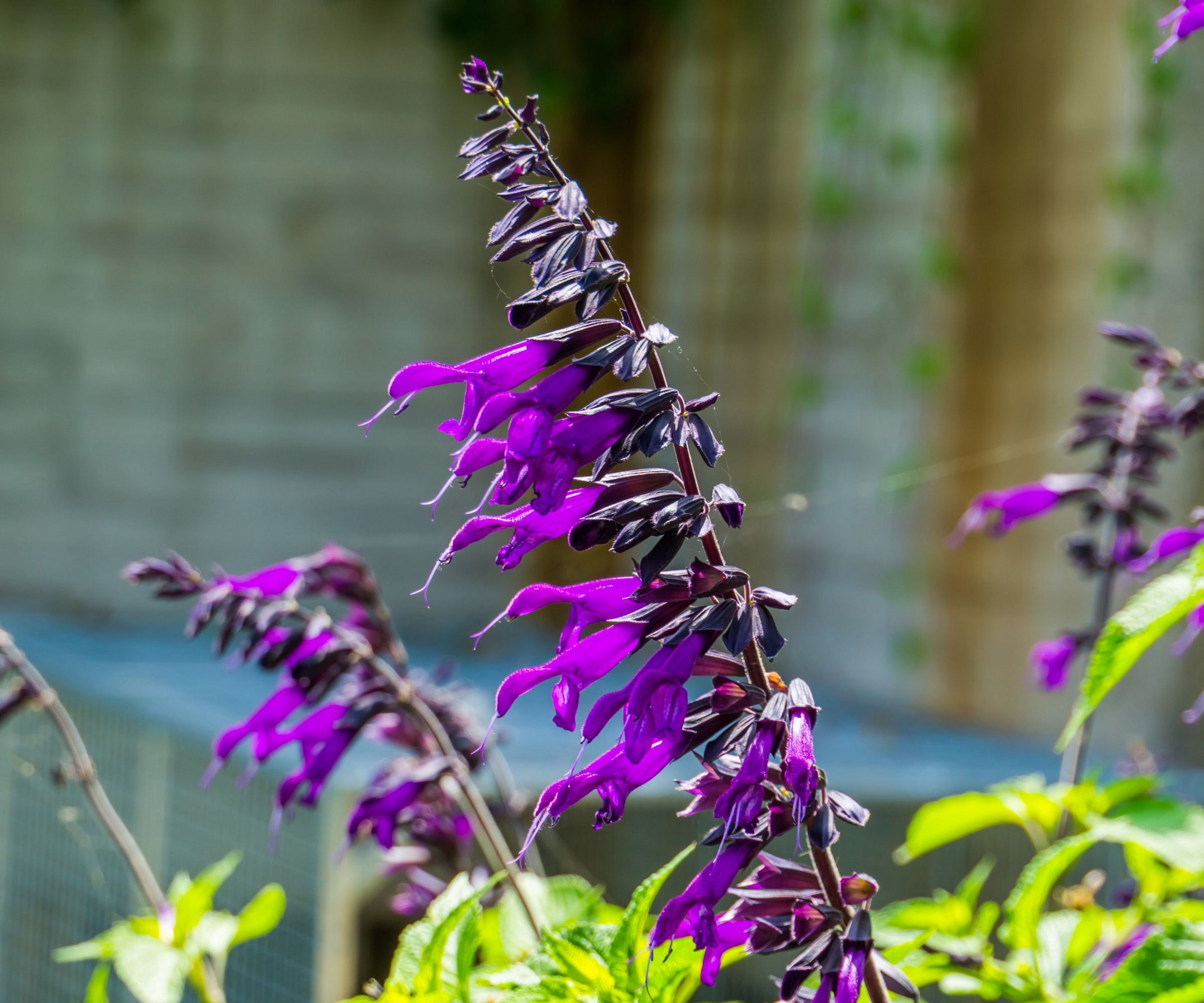
Salvia 'Amistad' is a popular and reliable perennial, producing tall flower spikes with indigo-purple blooms
Many salvia plants can flower from spring until the fall, providing color in the borders or pots for much of the growing season. Salvia nemorosa, available from Nature Hills, for example, is a hardy perennial that produces electric-blue flower spikes that typically last from June right up until October.
In one London garden that I maintained many years ago, several Salvia 'Amistad' clumps went on flowering from May until late November. Celebrated as a particularly floriferous and tall species, bearing attractive deep purple flowers on stems that can reach over 8 feet, this salvia is an ideal plant to position at the back of herbaceous borders.
In terms of long-flowering perennials, salvias will not disappoint. So whether you want a plant to fill a spot in the garden border, or perhaps you are seeking the best perennial plants for pots, consider adding salvia plants to your collection for flowers that seem to last all year.
Salvia are resilient, versatile plants
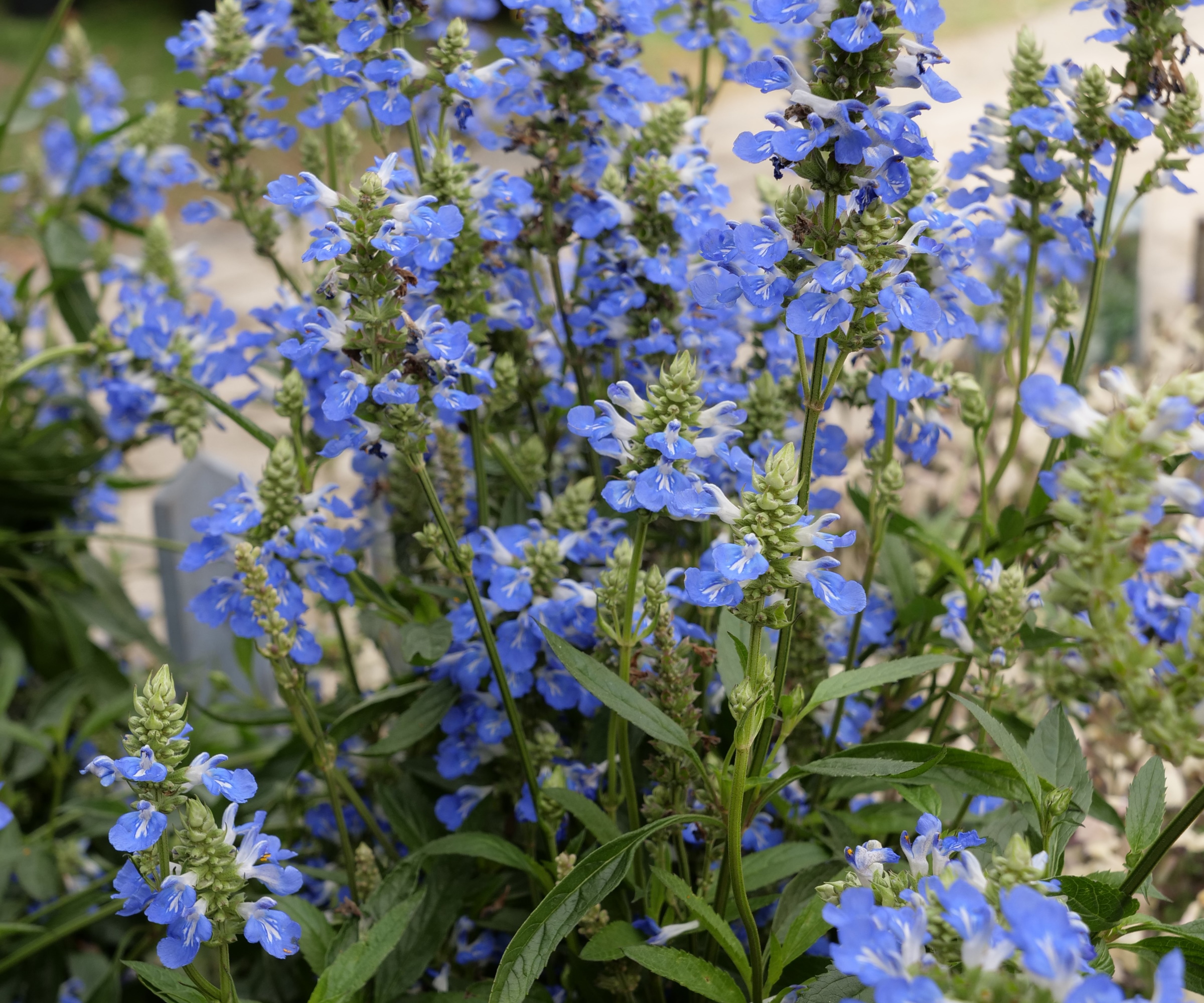
Bog sage, Salvia uliginosa, produces eye-catching and unique blue flowers
The Salvia genus is a versatile one, so regardless of which US hardiness zones you garden in, you can find a salvia plant suited to your climate. Common sage, Salvia officinalis, for example, is a hardy and tolerant herb that can be grown in US hardiness zone 4 to US hardiness zones 10. Unlike some other aromatic herbs, common sage can tolerate hot, dry summers, and cold, frozen winters. What's more, it produces delicious foliage and attractive purple foliage.
In my experience, many popular salvia species are resilient, with some species tolerating cold and light frost, and many thriving in hot, desert-like conditions. I have found that generally, salvia plants do not enjoy moist conditions, so unless you grow a species that doesn't mind sitting in damp soil, like bog sage, ensure that drainage in your borders is adequate.
It is always best to research the optimum growing conditions relevant to the salvia species you are growing, opting to grow any tender species in a container that you can protect if you garden in colder regions. For example, Salvia greggii, the autumn sage, available from Nature Hills, is a herbaceous perennial native to Texas and does better in warmer climates, ideal for those gardening in southern regions.
Salvias are popular with pollinators
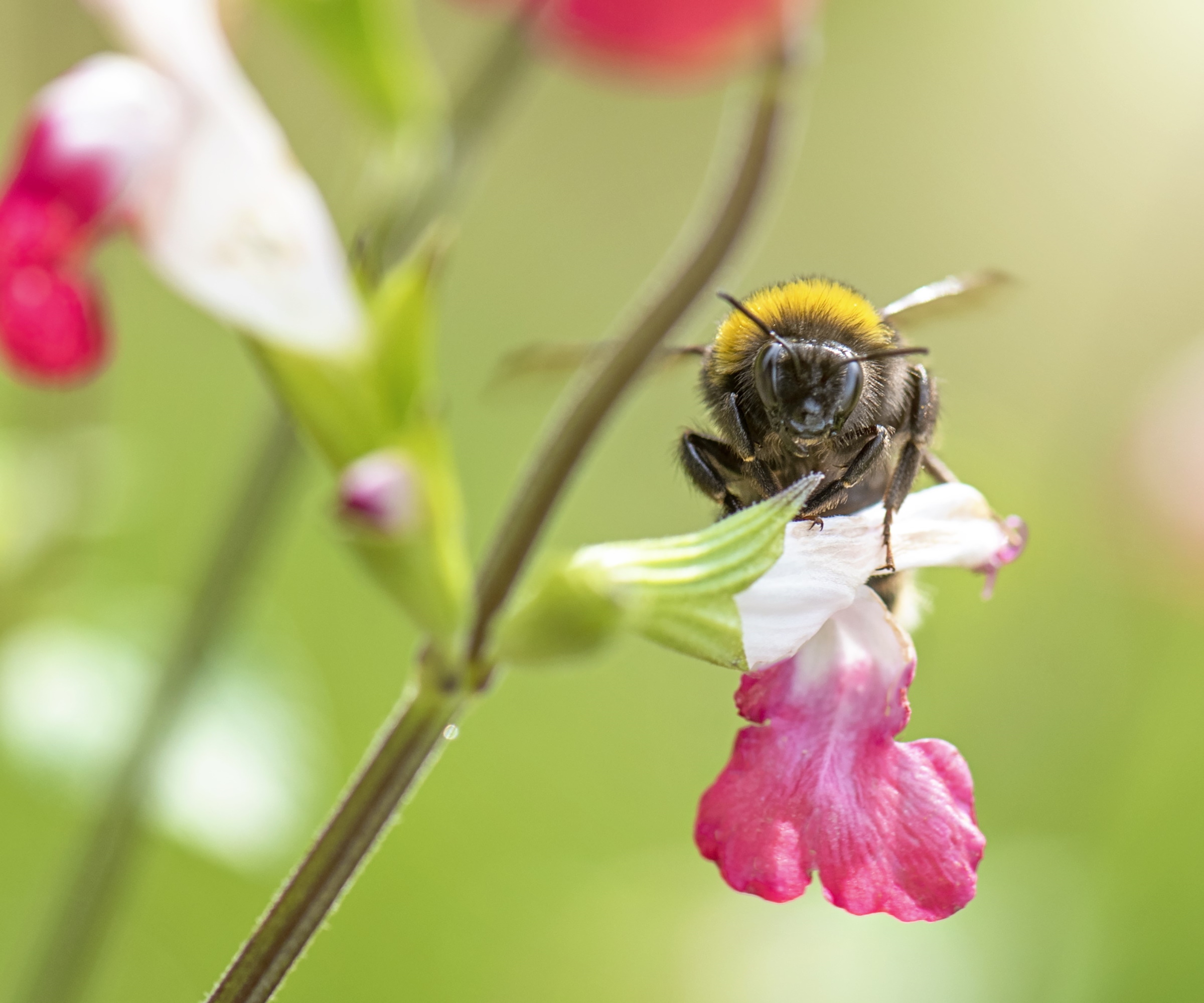
Salvia x jamensis 'Hot Lips' , often simply nicknamed 'hot lips', is a white and red salvia that is a favorite of many gardeners
Salvias are some of the best plants for pollinators, known to attract birds, bees and butterflies in the spring and summer months. For gardeners looking for wildlife garden ideas this year, there is no better plant to add than this fragrant, flowering perennial.
With long-flowering blooms that are nectar-rich, adding salvias to your plant collection will boost biodiversity in your yard. Many of the Salvia x sylvestris varieties, available from Nature Hills, are compact and floriferous and are considered pollinator magnets, attracting monarch butterflies, hummingbirds, and bumblebees. So, if you are looking to plant a butterfly border this year, salvia plants should be at the top of your list.
Shop for Salvias
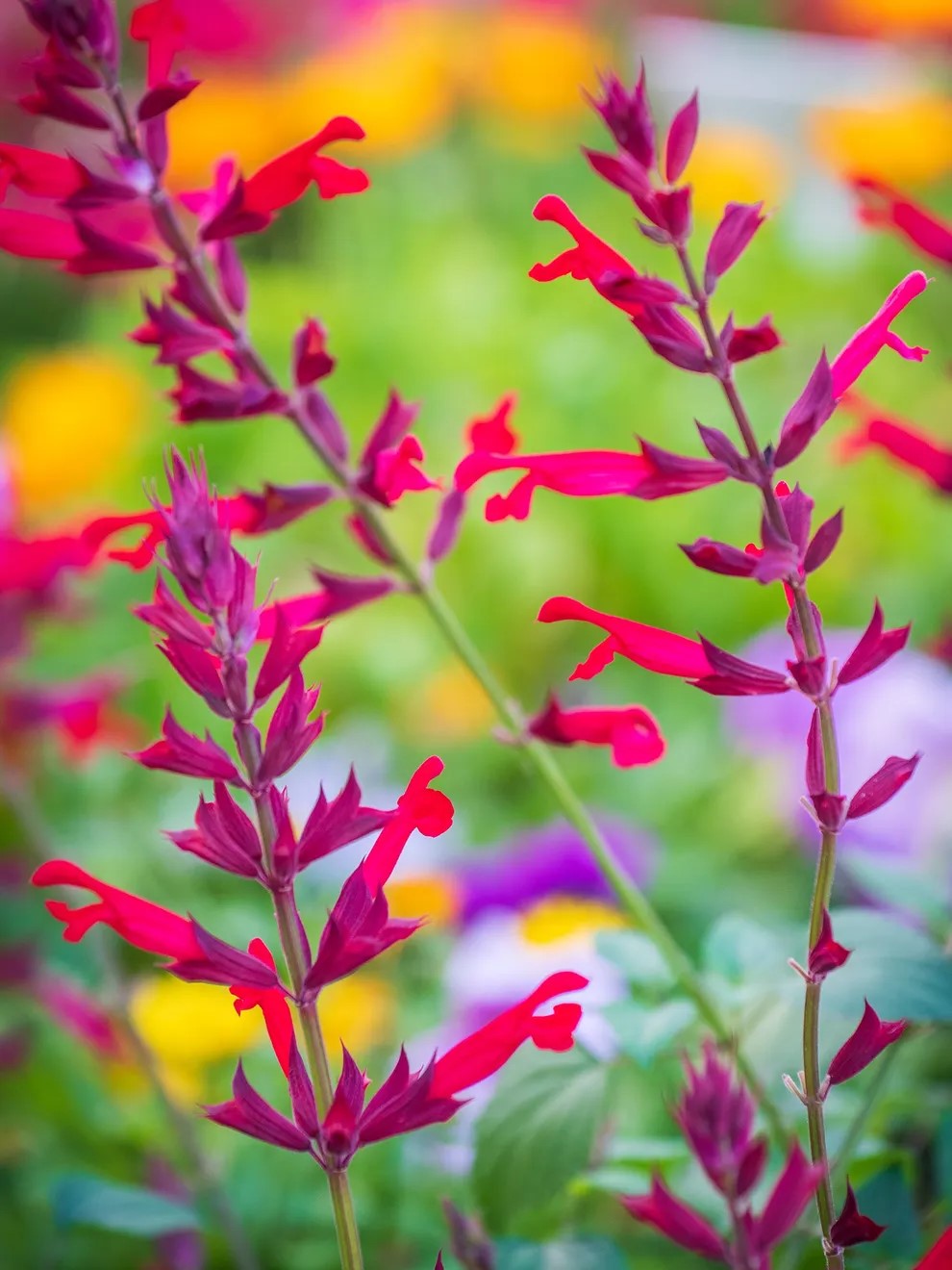
This salvia has vibrant pink-red flower spikes. This plant is a hardy performer, tolerating heat and drought and flourishing in sun or partial shade. What's more, it is popular with butterflies and bees.
FAQs
What is a salvia species to plant in a dry, gravel garden?
For those gardeners seeking salvia plants in a warm, dry climate, there are many to pick from. Many salvia species that are classed as Mediterranean plants would be an ideal selection, including Greek sage, Salvia fruticosa. Alternatively, plant any of the tender Salvia x jamensis varieties that would suit a gravel garden in a warmer region.
Whatever personal plant preferences you harbor, there is sure to be a salvia for you. These long-flowering blooms will not disappoint, adding color and impact to your displays. For more salvia advice, consider our guide on how to prune salvias, and ensure that your perennials look their best this year.
For more information on resilient planting, it can be a good idea to draw inspiration from other gardens. See our guide on the New York City's High Line, for tough perennials and shrubs that thrive in a busy urban area.
Sign up to the Homes & Gardens newsletter
Design expertise in your inbox – from inspiring decorating ideas and beautiful celebrity homes to practical gardening advice and shopping round-ups.

Thomas is a Content Editor within the Gardens Team at Homes and Gardens. He has worked as a professional gardener for both public spaces and private estates, specializing in productive gardening, growing food and flowers. Trained in Horticulture at the Garden Museum, he has written on gardening and garden history for various publications, including The English Garden, Gardens Illustrated, Hortus, The London Gardener and Bloom. He has co-authored a Lonely Planet travel book, The Tree Atlas, due out in 2024.
-
 7 of the best tomatoes for growing in pots - expert growers pick their top varieties ideal for large harvests from containers
7 of the best tomatoes for growing in pots - expert growers pick their top varieties ideal for large harvests from containersYou can enjoy bumper homegrown harvests in small spaces
By Drew Swainston Published
-
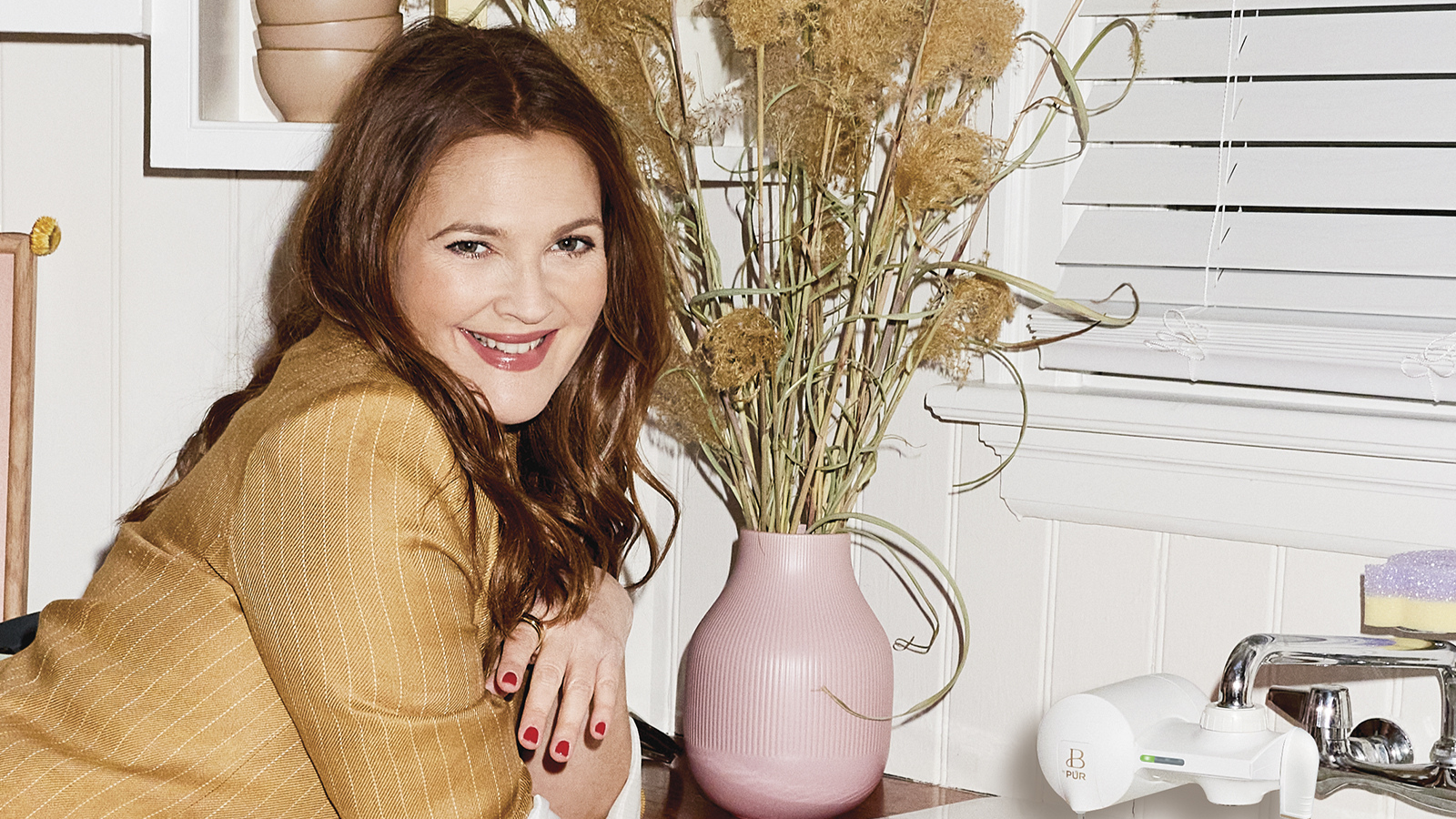 Drew Barrymore creates a 'balanced' kitchen in 4 easy steps – her rules will make your small, compact countertops feel beautiful
Drew Barrymore creates a 'balanced' kitchen in 4 easy steps – her rules will make your small, compact countertops feel beautifulDrew proves that with the right styling (and chic appliances), you can make even the smallest of kitchens look harmonious
By Hannah Ziegler Published

